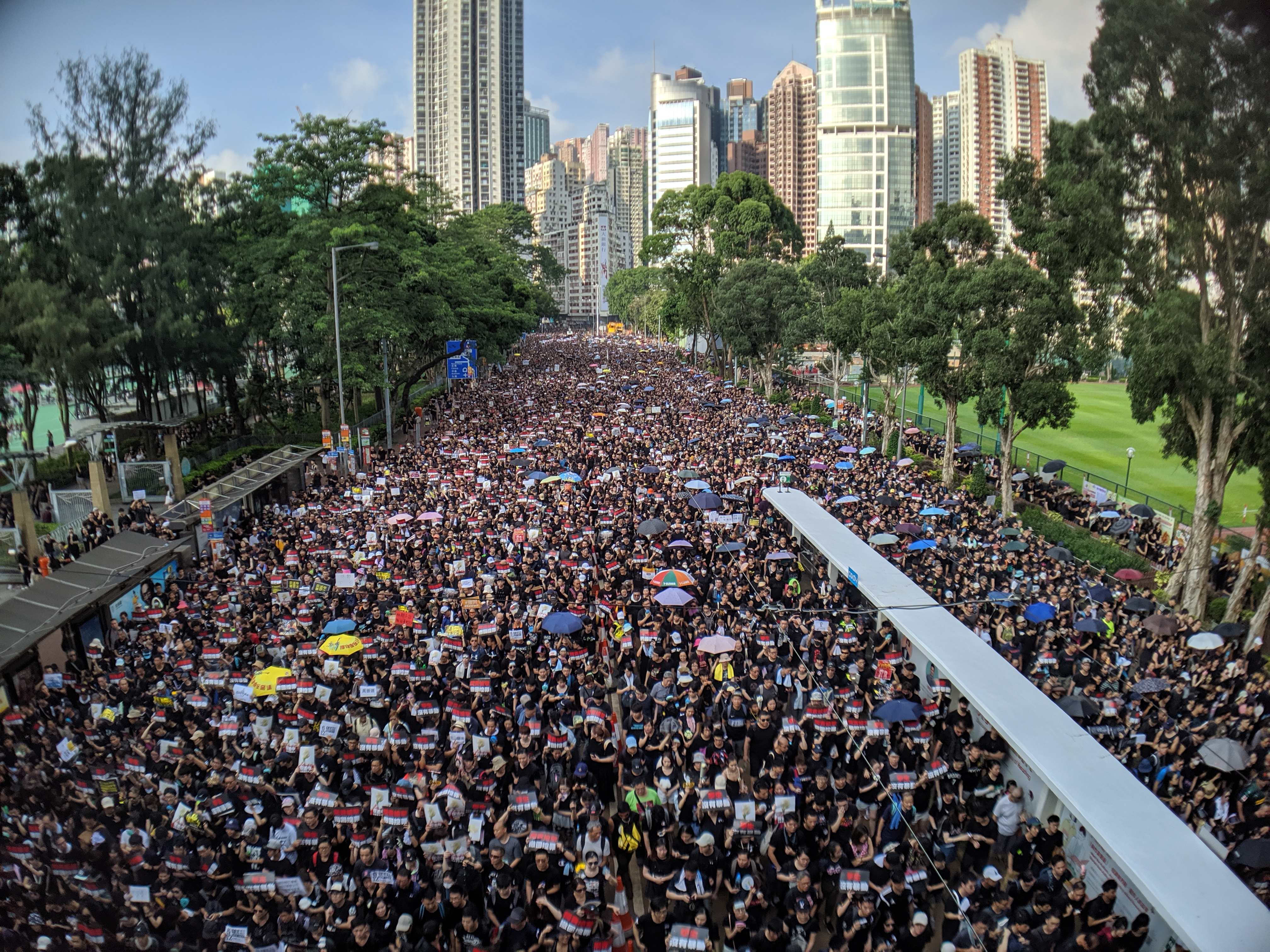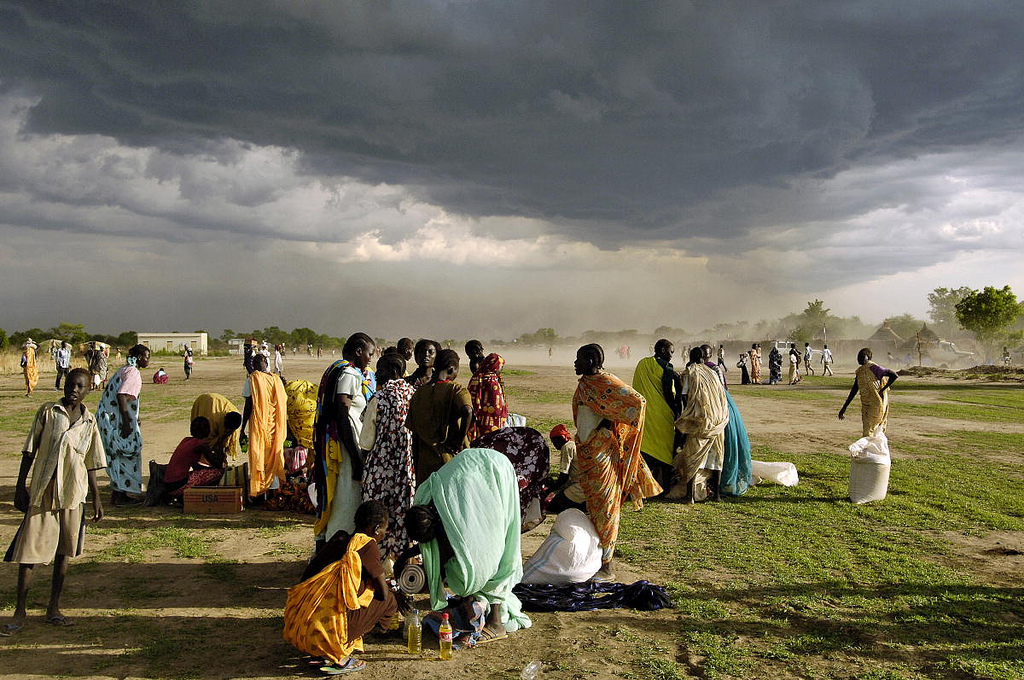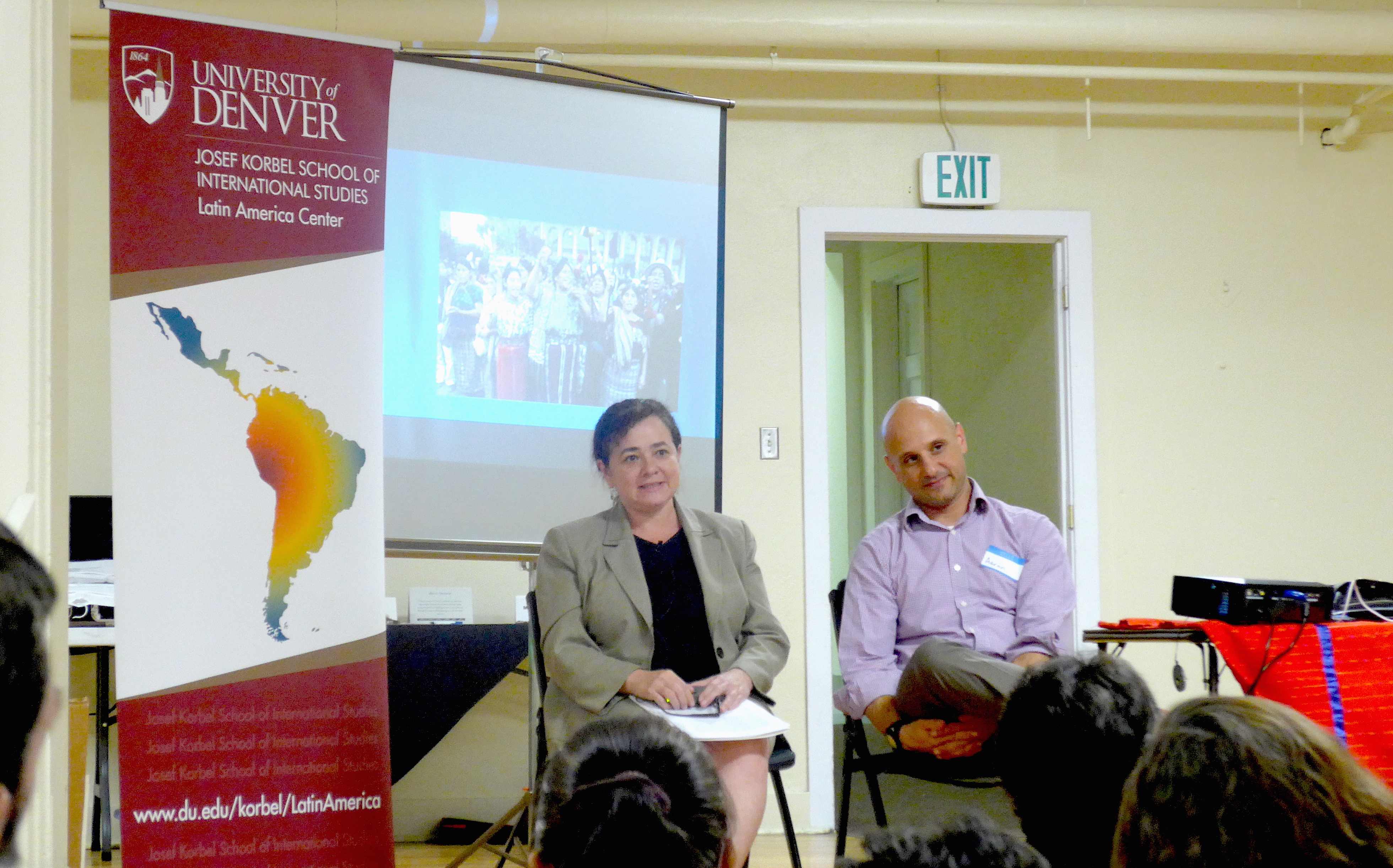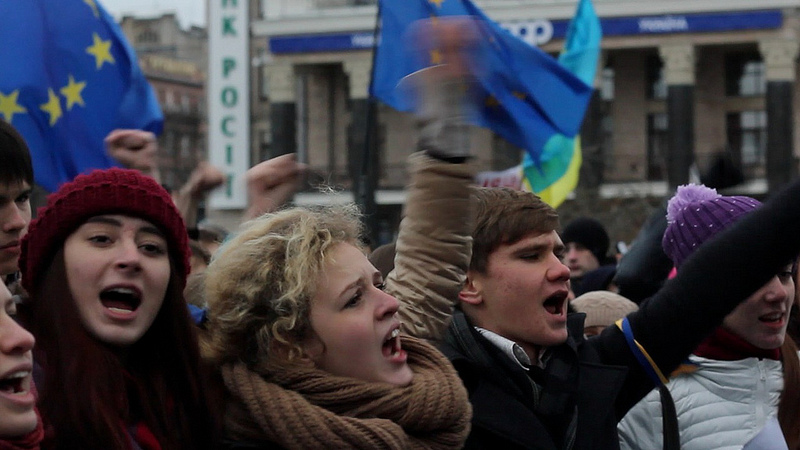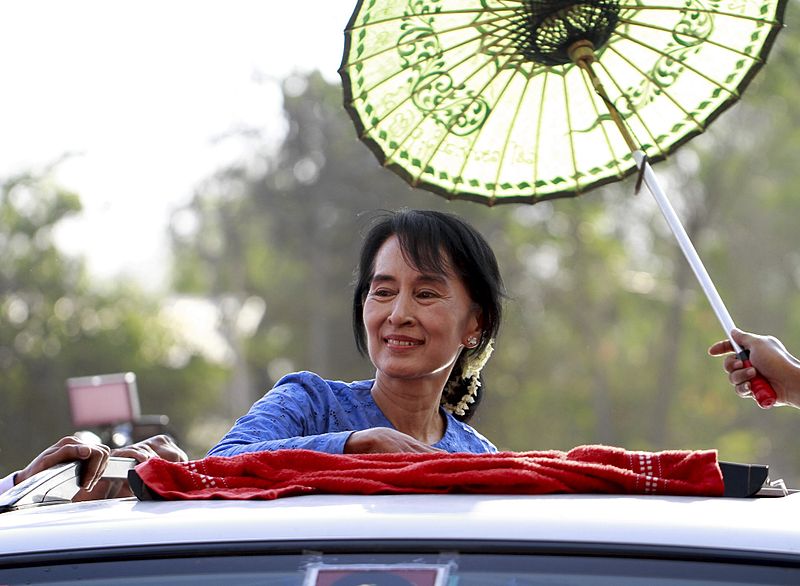By Dawn Brancati and Nathan Law
Twenty-one weeks. That is how long the current protests against Chinese rule in Hong Kong have lasted so far—much longer than the typical democracy protest. Almost two-thirds of all democracy protests that occurred between 1989 and 2011 ended in three days or fewer and attracted less than ten thousand participants. The current Hong Kong protests, by contrast, have attracted nearly two million people at their largest rallies—an extraordinary number considering that the total population of Hong Kong is about 7.5 million. Only two protests between 1989 and 2011 can claim to have had a million or more protesters at a single rally—the 1989 Tiananmen Square protests in China and the 2011 Arab Spring uprisings in Egypt—and both took place in countries exceedingly larger than Hong Kong.
And although, in general, democracy protests do not spark protests against other authoritarian regimes, protests supporting the Hong Kong students have spread to college campuses around the world, causing tension with mainland Chinese students at times.
The Hong Kong protests are not only unique when compared to protests in other countries; they are also distinctive compared to past protests in Hong Kong. The 2014 Umbrella Protests, which arose in response to electoral reforms that restricted open competition, lasted 79 days and drew far fewer protesters to the streets. The current protests were sparked by a proposal to amend extradition laws to allow suspects to be transferred to the mainland for trial. In addition to the full withdrawal of this bill, the Hong Kong protesters have also demanded: a commission of inquiry into alleged police brutality; the declassification of protesters as rioters; amnesty for arrested protesters; and universal suffrage for the Legislative Council and the Chief Executive.
Why are the current protests in Hong Kong more widespread and durable than past protests? To answer this question, one has to look at three sets of actors: China, the protesters, and the international community. China was reluctant to crackdown on the protesters in 2014, and remains so today, because Hong Kong is central to its international economy. Hong Kong is the largest offshore Renminbi Clearing (RMB) Center in the world, the largest source of overseas direct investment in China, and plays a key role in China’s signature Belt and Road Initiative (BRI). Since China is facing an economic slowdown today, it has even less incentive to repress the protests.
In 2014, instead of repressing the protesters, China tried to fractionalize the movement and weaken public support for it. Today’s protesters have avoided a similar fate because they have learned from the past: They are shrewd in sustaining popular support through “Be Water” strategies—not occupying certain areas for too long—utilizing a variety of strategies to keep pressure on the government and maintain solidarity. “No Mat Cutting”—a phrase taken from an ancient Chinese tale about two friends’ falling out—is one of the movement’s highest principles. Public anger over the excessive police brutality—far greater than in 2014—rather than quell protests, has ignited public anger and generated more support for the movement.
International support for the current protests is also much stronger than it was in 2014, when support from Western democracies was limited mostly to rhetoric. Now, however, that the US is embroiled in a trade war with China, the US sees Hong Kong as a pressure point. Earlier this month, the US House of Representative adopted the Hong Kong Human Rights and Democracy Act. It mandates an annual review of Hong Kong’s special status and establishes a process to impose sanctions and travel restrictions on those responsible for the arbitrary detention and torture of Hong Kongers.
The ongoing protests in Hong Kong have already achieved more than the 2014 Umbrella Protests. Hong Kong elites are now divided between moderates who favor negotiations and democracy, and hardliners who are opposed to both. The Hong Kong Legislative Council suspended and has just formally withdrawn the extradition bill that triggered the protests. These concessions, rather than satiating and quieting the movement, have validated and invigorated it, as the movement presses forward to achieve all of its goals.
Dawn Brancati is an Associate Research Scholar at the MacMillian Center at Yale University, and the author of Democracy Protests: Origins, Features and Significance. Nathan Law is a democracy activist and Masters of Arts student in East Asian Studies at Yale University.

